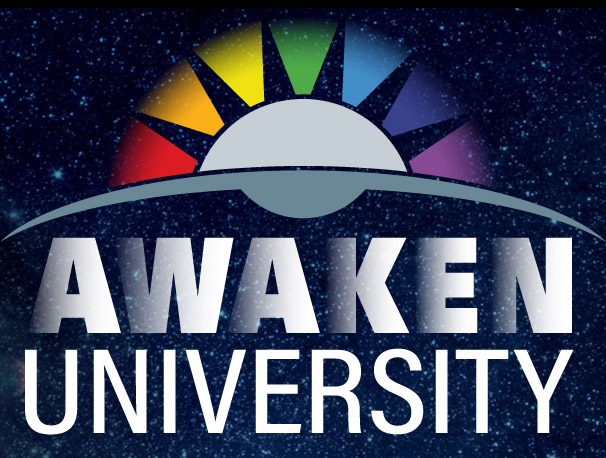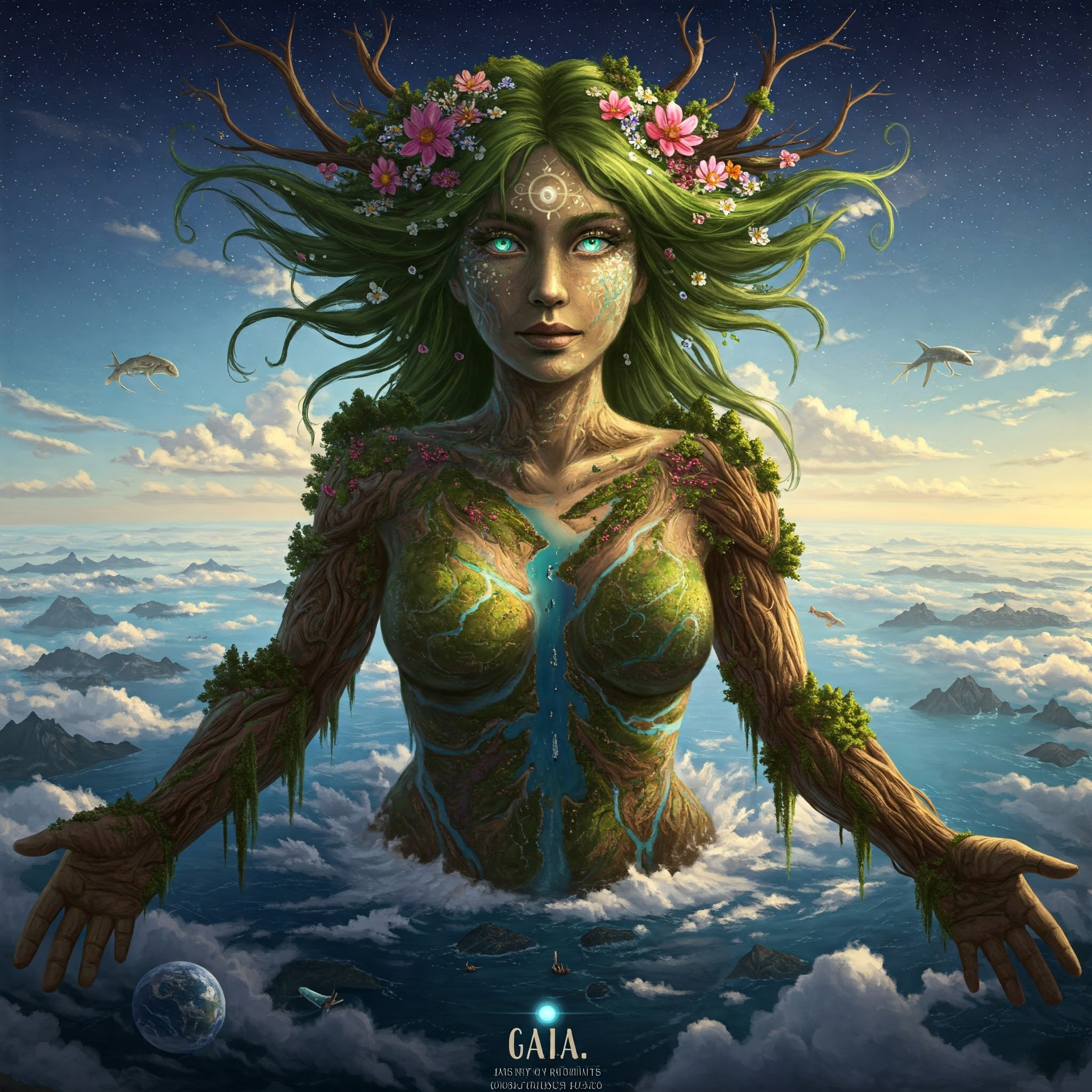Overview
Gaia is the personification of Earth as a living, conscious being—the soul and spirit of the planet. Originating in ancient Greek mythology, Gaia (also spelled Gaea) was revered as the primordial Earth goddess, the ancestral mother of all life. In modern spiritual and metaphysical traditions, Gaia represents the sentient intelligence of the Earth itself, encompassing not only the physical planet but also its energetic, emotional, and spiritual dimensions.
Seen as both nurturer and transformer, Gaia is a sacred force of creation, balance, healing, and evolution. She is not separate from nature—she is nature: the forests, oceans, animals, weather, and energetic fields that support all life. Gaia invites us to awaken to our interconnectedness and to live in alignment with the rhythms and cycles of the living Earth.
Mythological Origins
1. Gaia in Greek Mythology
- Gaia was born from Chaos, the primordial void, and was considered one of the first deities in Greek cosmogony.
- She gave birth to Uranus (Sky), the Ourea (Mountains), and Pontus (Sea), and later became the mother of the Titans, Giants, and many other divine beings.
- As a goddess, she was revered for her fertility, wisdom, and grounding power, and was worshiped at sacred sites across the ancient world.
2. Symbol of the Primordial Feminine
- Gaia embodies the divine feminine, the archetype of the Earth Mother who births, sustains, and transforms all forms of life.
- She is both maternal and cosmic, linked to planetary energy, the ecosystem, and the sacred web of existence.
Gaia as Living Planet
1. Gaia Theory
- In modern science and metaphysics, Gaia Theory, proposed by James Lovelock and Lynn Margulis, suggests that Earth functions as a single, self-regulating organism.
- It portrays Earth’s biosphere, atmosphere, geology, and life forms as interdependent systems that maintain conditions suitable for life—conscious and responsive in nature.
2. Spiritual and Energetic Gaia
- Gaia is experienced as a conscious, feeling entity with energetic centers, ley lines, and sacred sites that form the energetic anatomy of the planet.
- Just like the human body has chakras, Gaia has planetary chakras, portals of high-frequency energy and wisdom.
Roles and Significance
1. Guardian and Guide
- Gaia holds the wisdom of the ages, encoded in the rocks, waters, and ecosystems. She is a keeper of Earth’s spiritual memory and an ally in planetary ascension and human evolution.
- She guides humanity toward ecological harmony, soul healing, and remembrance of our Earth-born roots.
2. Mirror and Teacher
- Gaia reflects humanity’s choices back to us. Environmental destruction is not only physical—it is spiritual disconnection.
- She teaches through seasons, storms, growth cycles, and natural rhythms, reminding us to listen, align, and restore balance.
3. Healer and Transformer
- Gaia supports deep energetic and emotional healing, especially through grounding practices, nature immersion, and heart-based communion with the land.
- She transmutes fear, trauma, and separation through her alchemical forces of nature—earth, air, fire, water, and spirit.
Connecting with Gaia
1. Grounding and Earthing
- Walking barefoot on soil, sitting against a tree, or lying on the Earth are simple ways to connect with Gaia’s stabilizing energy and discharge excess emotional or mental energy.
- Grounding techniques strengthen one’s auric field and deepen the sense of safety, presence, and embodiment.
2. Sacred Reciprocity
- Gaia thrives when we enter into right relationship—offering gratitude, protection, and love in exchange for her constant support.
- Practices such as land blessings, planting trees, picking up litter, creating altars, or simply saying thank you are acts of sacred reciprocity.
3. Meditation and Inner Dialogue
- Visualize Gaia as a radiant being of light or a powerful maternal force within the heart of the Earth.
- Meditations can include listening to her messages, asking for guidance, or offering your service to the healing of the planet.
Symbols and Representations
| Symbol | Meaning |
|---|---|
| Earth and Soil | Foundation, nourishment, embodiment |
| Serpent or Dragon | Life force, ley lines, Earth’s primal wisdom |
| Trees and Roots | Growth, connection, ancient memory |
| Spiral or Circle | Sacred cycles, unity, wholeness |
| Gaia Stone or Green Stones | Heart-centered Earth connection, feminine power |
Modern Relevance and Gaia Consciousness
- Gaia consciousness is rising in modern times through movements of eco-spirituality, environmental activism, permaculture, holistic healing, and the reclaiming of indigenous wisdom.
- Many believe that Gaia is undergoing an energetic transformation, calling humanity to evolve in harmony with the Earth and embrace more sustainable, soul-aligned ways of living.
- Recognizing Gaia as a living, feeling, intelligent being changes how we relate to the environment—not as a resource, but as a sacred partner in the dance of life.
Conclusion
Gaia is more than myth or metaphor—she is the embodied spirit of Earth, alive in every tree, stone, river, and breeze. She is the source of life and the great unifier of all beings. To walk with Gaia is to walk in remembrance: of our place in the web of life, of our shared breath with forests and oceans, and of our sacred duty to protect and cherish the Earth. Honoring Gaia is not only an act of reverence—it is a return to wholeness, purpose, and planetary kinship.

